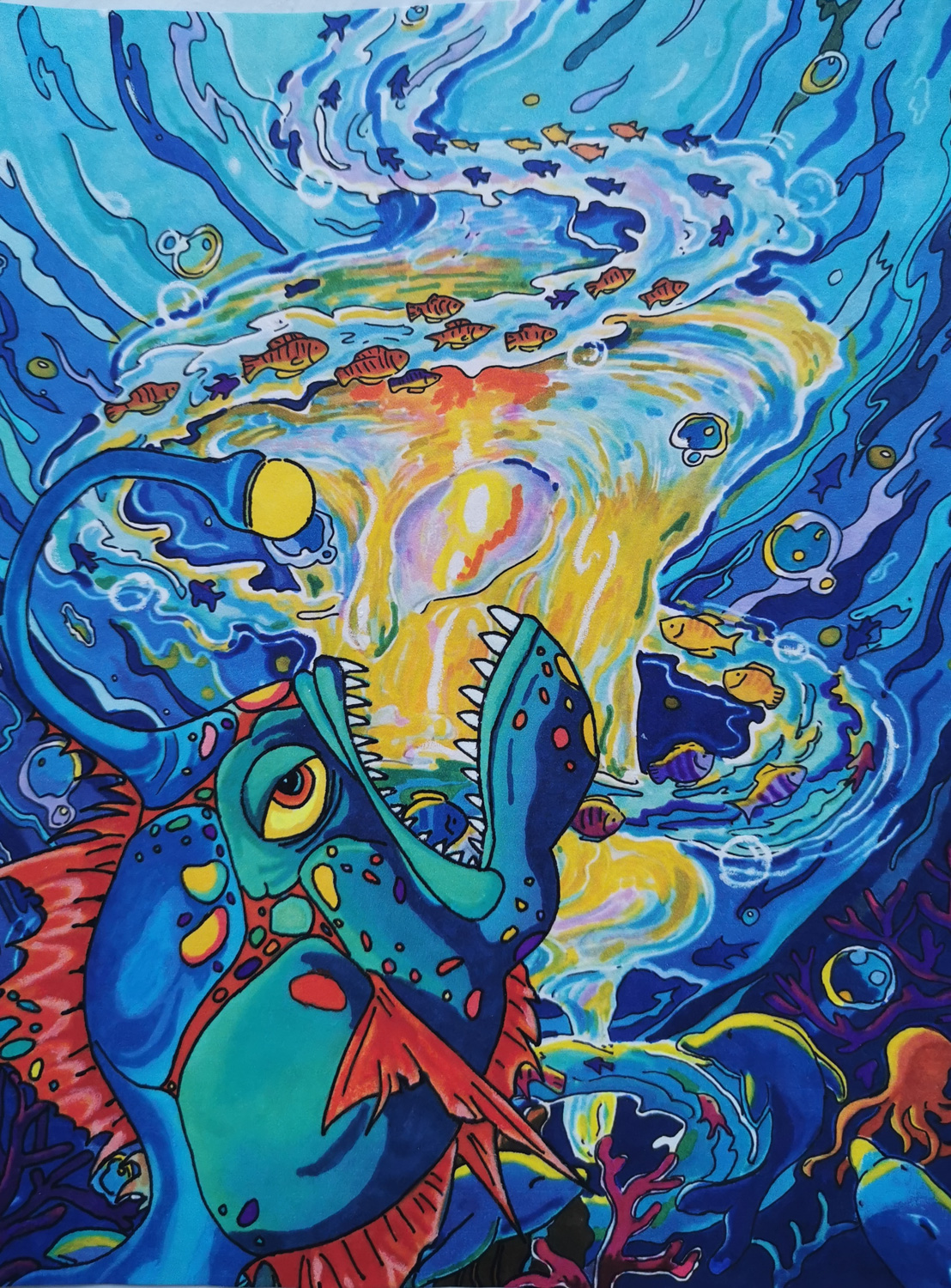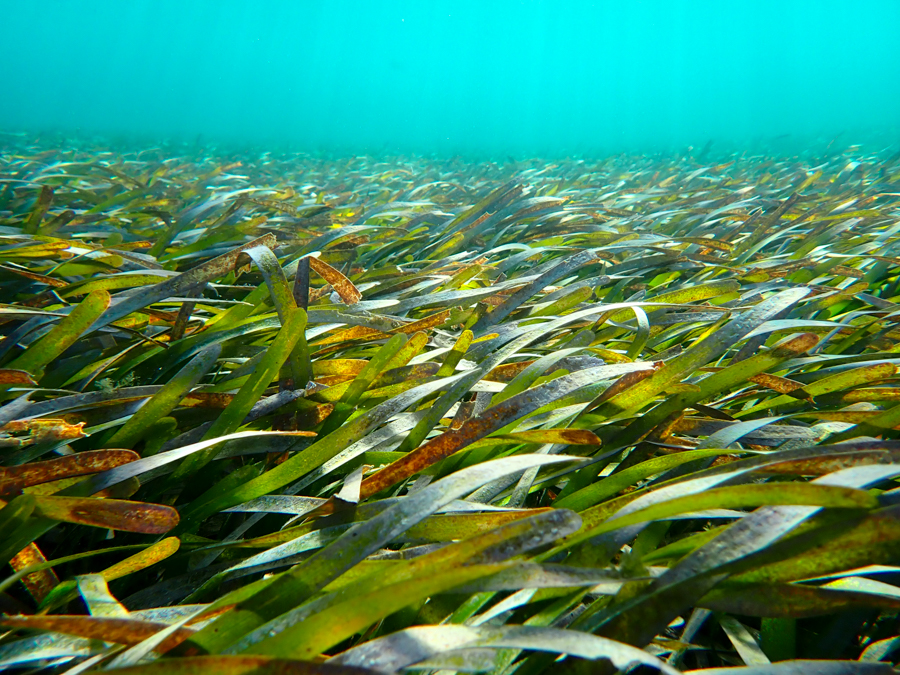Get ready to be inspired! The Khaled bin Sultan Living Oceans Foundation is delighted to reveal the finalists of the 2024 Science Without Borders® Challenge. This year’s theme is “Hidden Wonders of the Deep,” and we challenged young artists from around the world to create a piece of artwork that highlights the beauty and importance of deep-sea creatures or ecosystems. We received over 1,700 entries from 82 different countries, making the selection process challenging yet rewarding.
Each submission, from intricate illustrations of mysterious deep-sea creatures to captivating depictions of unique deep-sea ecosystems, contributed a unique perspective to understanding the ocean’s mysteries. After careful deliberation, our judges have chosen finalists whose exceptional artwork exceeded expectations in creativity, originality, and adherence to the theme.
The submissions were breathtaking, and we’re eager for you to see them. Without further ado, here are the finalists for Ages 11-14 of the 2024 Science Without Borders® Challenge. Prepare to be amazed by their artwork, which showcases deep-sea creatures and ecosystems, emphasizing the urgent need to preserve the deep sea.
"Deep Ocean Illuminator - Anglerfish" by Annie Douglas, Age 12, Bahamas
Artist's Statement: At 1,000 meters under the sea it is a deep-sea layer where no sunlight can be seen, but don't think that there's no light here. Organisms that live in this region have evolved lighting organs that can glow on their own, such as the anglerfish. The anglerfish can change color in time to adapt to its environment, and its key to survival is its spots, stripes and spikes, which give it the appearance of red seaweed. The anglerfish is particularly adept at lurking for food and evading predators. Biologically, this little lantern is called a lure. The lantern is formed by the first dorsal fin of the anglerfish, which gradually extends upwards. The front section acts like a fishing rod and the end expands to form a "lure". Many fish in the deep sea are phototropic, so the small lantern becomes a favorable weapon for the anglerfish to lure food.



